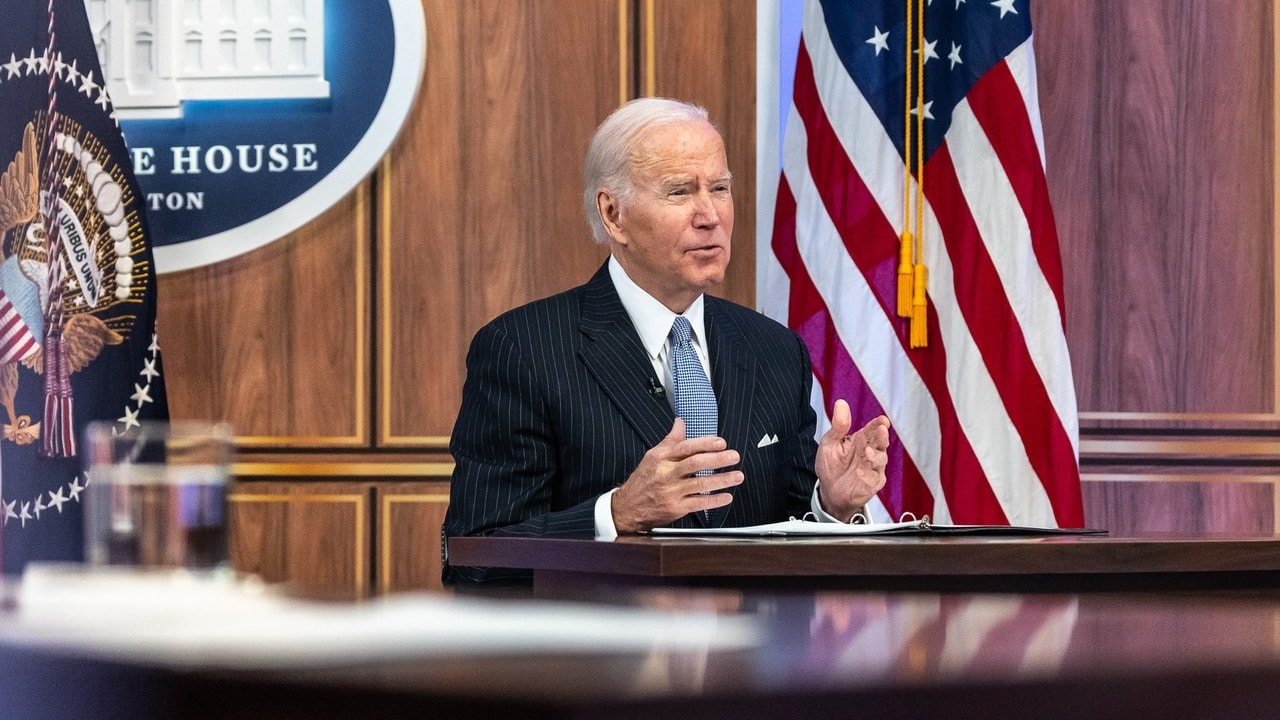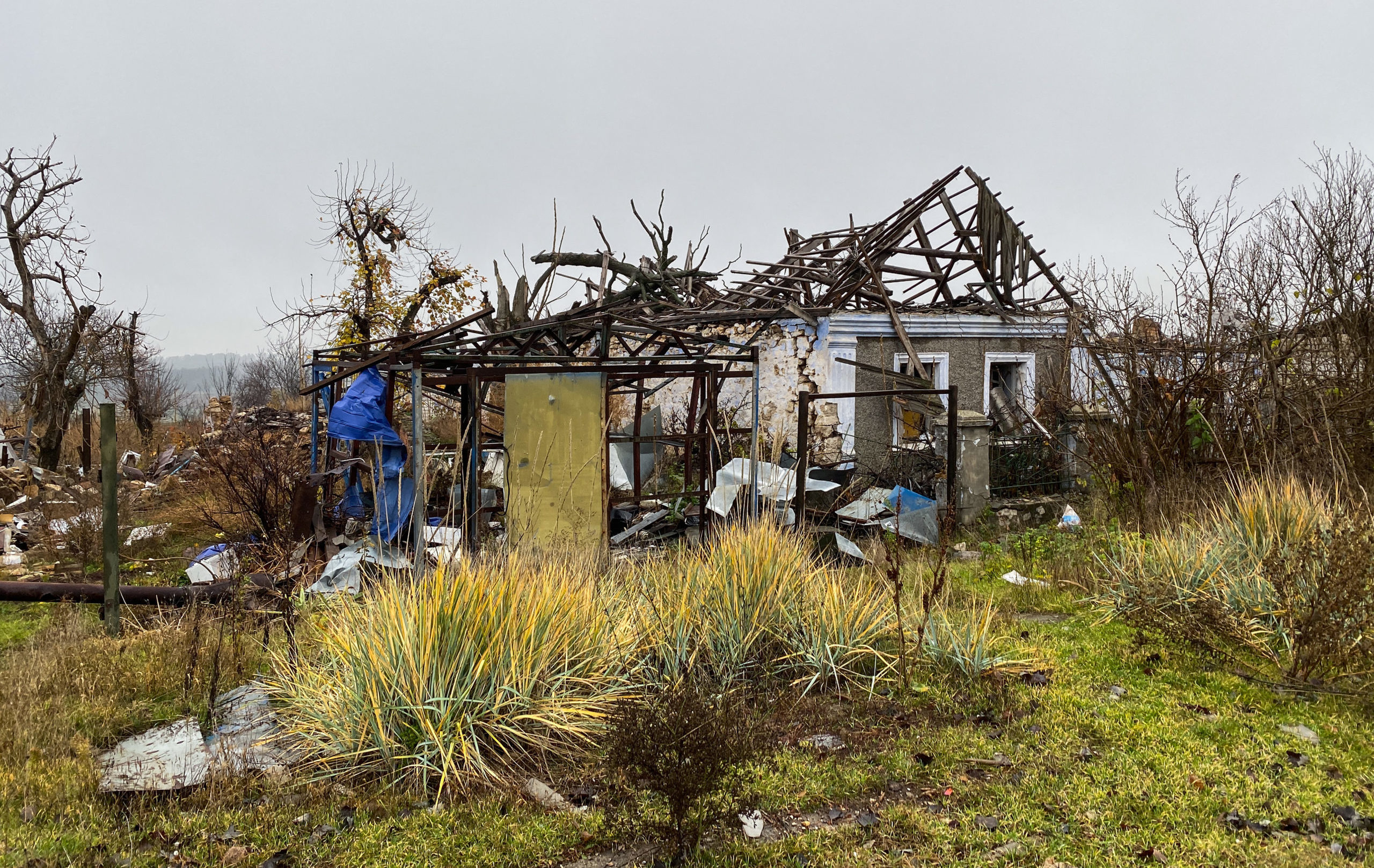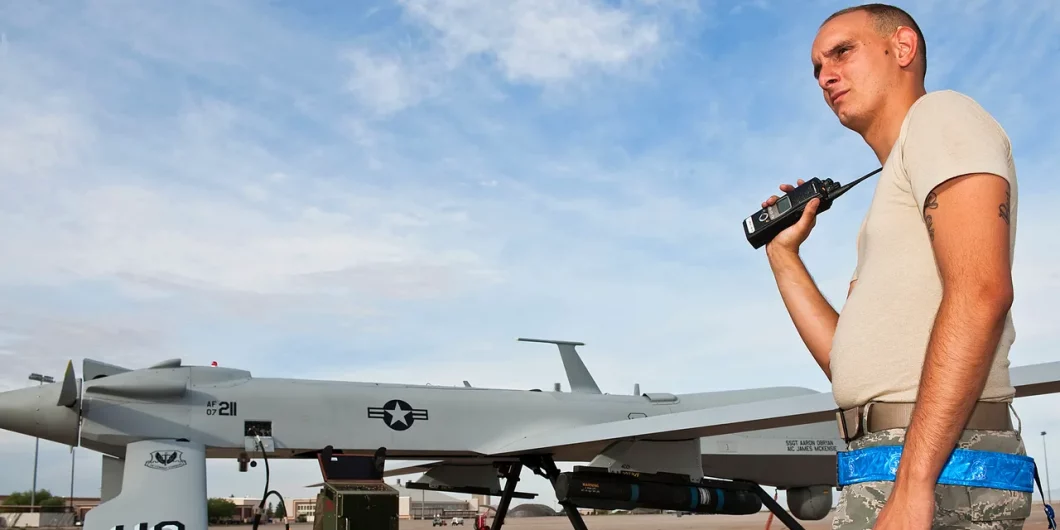JENNIFER KAVANAGH
Across presidential administrations and regardless of the political party in power, the U.S. Department of Defense has continuously resisted shedding legacy commitments, tending to expand its role over time. At first glance, the recently released 2022 National Defense Strategy (NDS) is no different: it makes few real choices and even adds priorities, such as the Arctic and climate, to the DOD’s docket.
But a closer read suggests that this NDS begins to break from that habitual pattern, responding to an increasingly challenging security environment not by growing the DOD’s responsibilities, but by refining and focusing its commitments. It reveals several areas where the DOD signals an explicit intention to concentrate its own investments more narrowly on top priorities while delegating other responsibilities to interagency, private sector, and foreign partners—a tactic known as burden sharing. Though subtle, these changes are significant steps in the right direction in three key ways.
First, the 2022 NDS commits not just to cooperate with allies and partners, but to put them in the driver’s seat on issues of self-defense and regional security, freeing up U.S. forces for more important security demands. The desire to improve the integration of allies and partners with the U.S. military is a perennial one for the DOD, appearing in the 2018 NDS and other strategic planning documents. But this NDS moves beyond previous statements, defining specific areas where the DOD will expect more participation from allies and partners and placing itself in a supporting role.



:quality(100)/cloudfront-us-east-1.images.arcpublishing.com/thesummit/BNKHDNJE7ZG6FCBFQ7CKUJZFS4.jpg)














